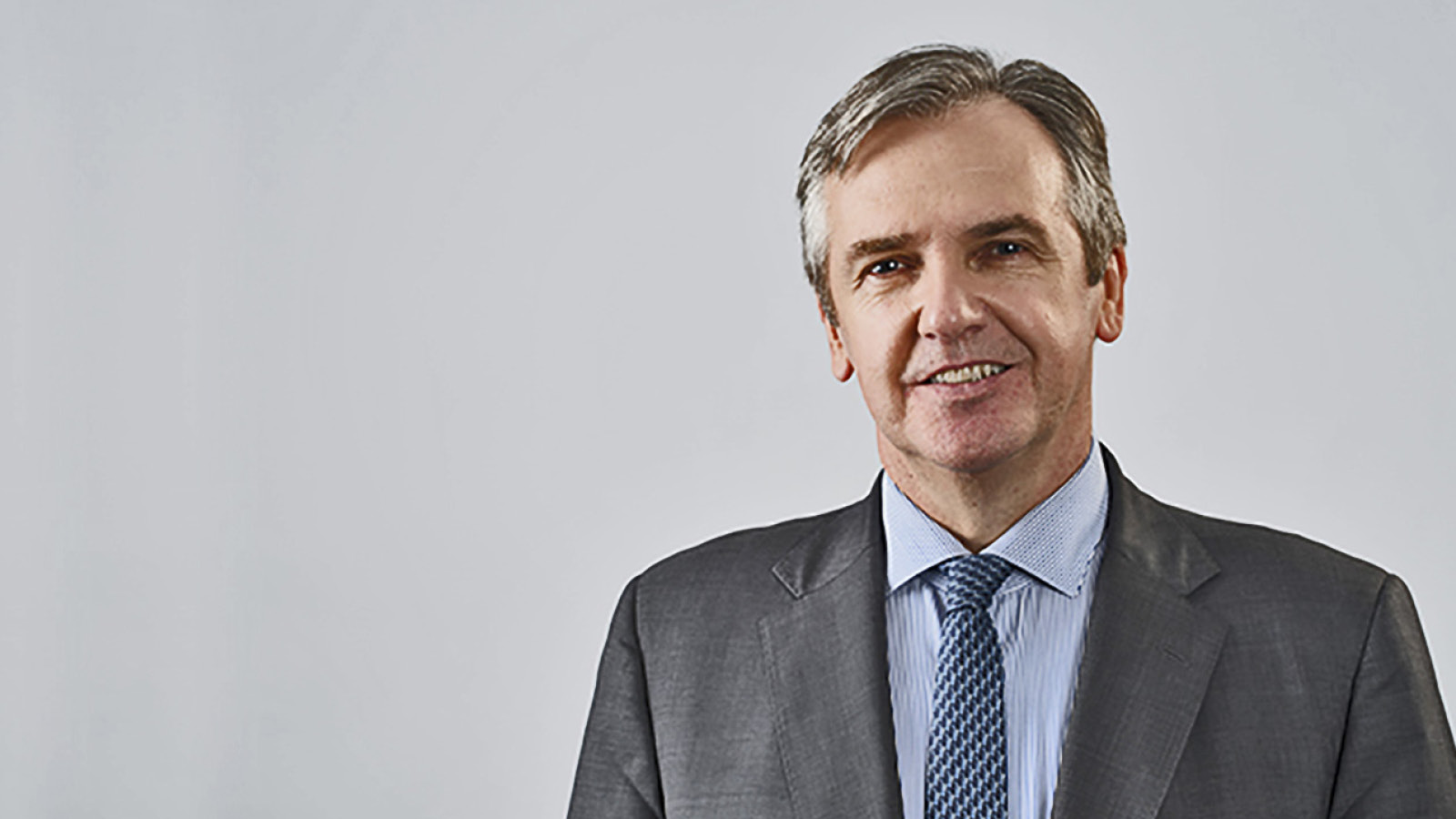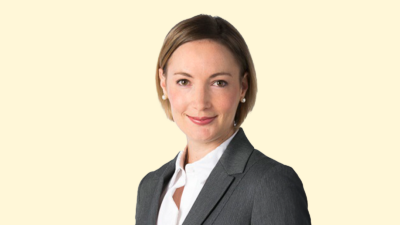Advisers should expect more changes with insurance
For many advisers, life insurance is an important part of their income. But unless the insurance sector changes its business lines, particularly with troublesome income protection products, they will all feel the pinch come the third quarter next year.
The industry will have to re-cut its products, not just with income protection (IP) insurance, according to Simon Swanson. The long-standing chief executive of ClearView Limited (ASX: CVW) told advisers at the wealth management and insurance company’s annual gathering last week (November 10) that he did not think intervention by the regulator had ceased. “I think group life will be next,” he said. “TPD (total and permanent disability) is an Industrial Revolution-era product. It has to cater to mental illness. Trauma insurance also needs changing.”
He said if changes were not made, life companies would have to raise more capital. “With IP, there will be more interaction [between advisers and clients] on renewals because of changed income status. The existing remuneration system of 60:20 and a two-year clawback is problematic. The adviser has the risk of the clawback,” he said. “I’m hoping for a mature discussion in ASIC’s review of commissions.”
He was referring to the regulator’s setting for advisers of a 60 per cent commission on the first-year premium and 20 per cent a year trail. The clawback is the ability of the client to end the cover within two years and claim re-payment of the commission.
Over the past three years, the commission formula for the ‘Life Insurance Framework’ (LIF) has shifted from 120 per cent upfront and 10 per cent ongoing in 2017, to 70 per cent upfront and 20 per cent ongoing in 2018 and 60 per cent upfront and 20 per cent ongoing in 2019.
Swanson said that the total remuneration to the adviser should not be reduced. They did not get an SOA fee for all the upfront work, unlike with their investment and other advice. There was no incentive for advisers to switch insurers because of remuneration, given that all paid the LIF rates, and there were no volume or other bonuses being paid any more.
He favours a reshaped calculation where the adviser receives a flat fee for the upfront work and a 20 per cent ongoing commission. “But we think the customer should have the choice.” There was a large cohort of people, typically under 35 for whom life insurance was not economic, so a large cohort of the market was not insured.
ClearView this year launched a product, for which the feedback had been very good, which provided an option with a reduced premium for IP to involve a lesser percentage of salary continuance – 60 per cent compared with the standard 75 per cent – plus an income support benefit of up to 75 per cent for six months.
The overall problem with life insurance was the shift from mortality-based to morbidity-based products. Another problem with IP was that the current products did not adequately support a customer returning to work, he said. For the underwriters, the low-to-no interest rate environment was savaging their total revenue because they typically hold a lot of cash and fixed income.
Using the listed ClearView balance sheet as an example, Swanson said the company typically held about $300 million in cash at 5 per cent, earning about $15 million a year or $10 million after tax, and recently earned 1 per cent, providing about $3 million a year, or $2 million after tax.
“Capturing sustainable growth is what we’re all about next year,” Swanson said. “You have to know your customer better than the competition… We have a wonderful super system in Australia because it is so complex, everyone needs an adviser to understand it. Advice is definitely the main product.”











